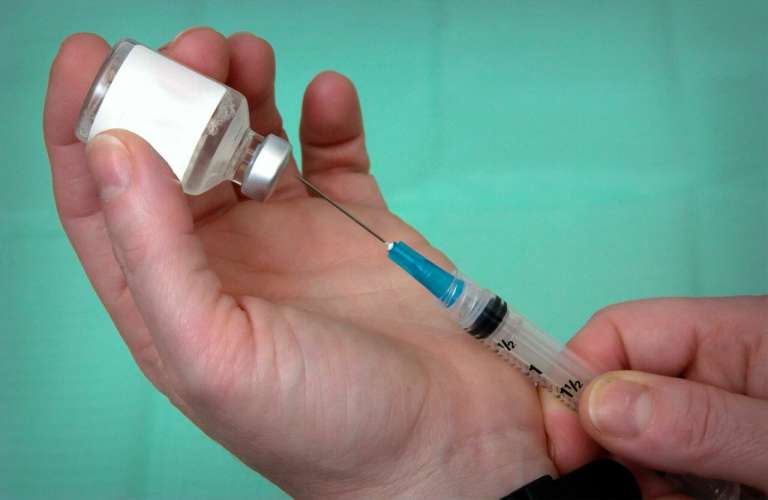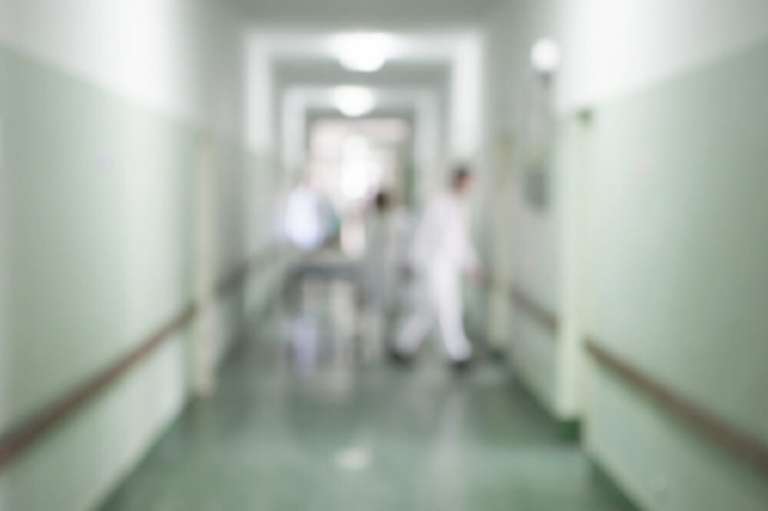A new way of identifying people with a condition that can lead to oesophageal cancer has recently been revealed. Researchers from the Radboud Institute for Health Sciences in the Netherlands have developed an electronic device that “sniffs” breath to identify the condition.
Barrett’s oesophagus is a precancerous condition where the cells lining the food pipe change and grow abnormally. Putting those who are diagnosed with the condition at more than 11 times greater risk of getting a particular type of oesophageal cancer called oesophageal adenocarcinoma.
Currently, identifying and diagnosing Barrett’s Oesophagus relies heavily upon endoscopy; an expensive and invasive procedure, where an instrument called an endoscope looks at the organs inside your body. However, the ‘electronic nose’ has now been developed to identify the condition. After analysing a person’s breath it can detect different volatile molecules and identify whether they have Barrett’s oesophagus.
Co-author of the research team Professor Peter Siersema had reported in the journal, Gut, that their device has so far been tested on 402 patients of which 129 were diagnosed and another 141 had gastro-oesophageal reflux disease, the other 132 had neither issue.
Prof Siersema said: “If you have a test available that is non-invasive and easily [detects] patients at risk of developing oesophageal cancer, then, of course, the participation rates will be much higher as compared to using upper endoscopy,”
“Taking this test takes only five minutes,” he added
The system was first trained on samples from 90% of the patients, which allowed it to identify patterns between those with Barrett’s oesophagus and those without, before the remaining 10% of samples were tested by the system.
Thereafter, the test was repeated a further 10 times, the ‘electronic nose’ successfully identified patients with Barrett’s oesophagus 91% of the time, as well as identifying those without it 74% of the time.
The research team have already begun plans to repeat the work in a group of 1,000 patients with expectation that it will increase the accuracy of the system.
Prof Siersema has further hope to subsequently test the ‘electronic nose’ in other groups such as that of a primary care or GP setting and believes that if everything goes well the device could be available for GPs in two to three years.
Casey Stillman, Litigation Executive at Pryers Solicitors stated that: “Between 3-13% of people with Barrett’s Oesophagus go on to develop oesophageal cancer. You should receive regular surveillance to watch out for cancerous changes if you have been diagnosed with this condition. Earlier diagnosis of Barrett’s Oesophagus allows for earlier monitoring, earlier detection of cancerous changes is possible and, earlier treatment can be provided. This can sometimes lead to the development of Oesophageal Cancer being prevented before it even occurs. The more people that are diagnosed with Barrett’s Oesophagus early on, the better. This technology is an interesting step towards earlier diagnosis of this condition.”
Here at Pryers, we have represented patients with medical negligence claims arising out of delays in diagnosing Barrett’s Oesophagus as well as diagnosing oesophageal cancer and failures to provide proper surveillance. Talk to our experts today if you have been affected by any of these problems and would like to make a claim for compensation.





